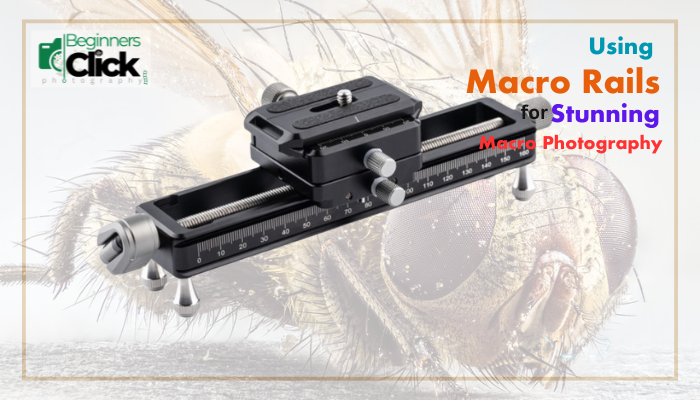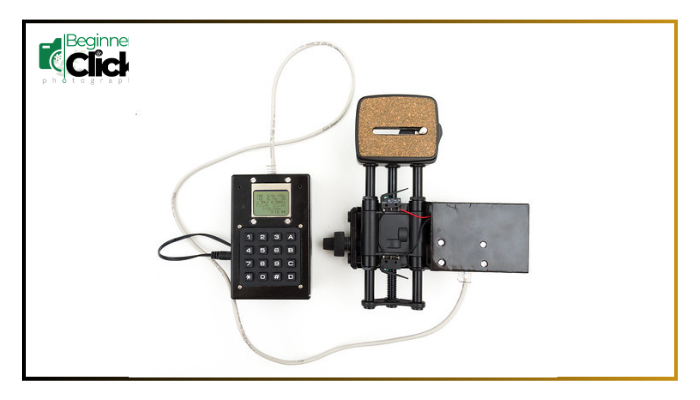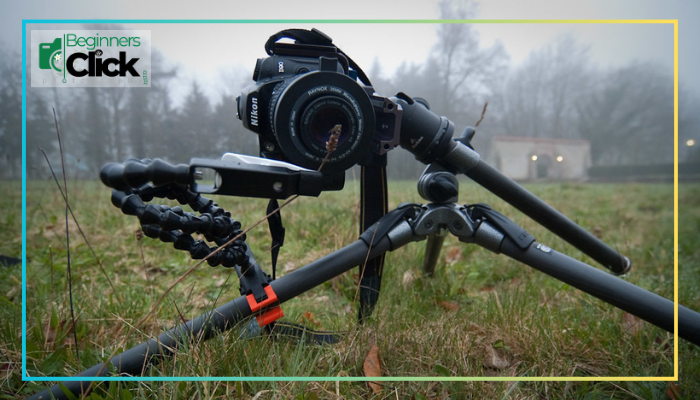Table of Contents
ToggleThe Ultimate Guide to Using Macro Rails for Stunning Macro Photography
Macro photography is a specialized field that brings out the intricate details of tiny subjects, revealing a world that’s often invisible to the naked eye. One of the essential tools for achieving the highest quality in macro photography is a macro rail. This guide will walk you through what a macro rail is, how it works, and why it’s a game-changer for your macro photography endeavors
What is a Macro Rail?
Imagine a track system specifically designed for your camera. A macro rail is essentially a long, stable base with a mechanism that allows you to move your camera back and forth in very small increments, typically measured in millimeters or microns.

Differently, we can say
Imagine having the ability to make microscopic adjustments to your camera’s position with the utmost precision. A macro rail is a long, stable base equipped with a track system that allows for minute, controlled movements of your camera. These movements are typically measured in millimeters or even microns (thousandths of a millimeter), ensuring pinpoint accuracy in focus.
What it is:
- A long, stable base with a track system.
- This track allows you to move your camera back and forth in very small, precise movements.
- Movements are typically measured in millimeters or even microns (thousandths of a millimeter).
- Macro rails are often made of high-quality materials like aluminum or stainless steel for rigidity and smooth operation.
How it works:
- You mount your camera onto the quick-release plate of the macro rail.
- The rail has a mechanism, often a screw or geared system, that allows you to move the camera along the track very precisely.
- This precise control is crucial in macro photography, where even the slightest movement can throw off your focus.
Why use it?
- Macro rails are essential for a technique called focus stacking.
- Focus stacking involves taking multiple images at slightly different focus points and then combining them in post-processing to create a single image with a much deeper depth of field than is possible with a single shot.
- Macro rails ensure that the camera moves in perfectly even increments, which is crucial for successful focus stacking.

Additional Features:
- Multiple Axes of Movement: Some advanced macro rails offer movement in multiple directions (e.g., up/down, left/right) for even greater control and flexibility.
- Motorized Control: Motorized macro rails allow for automated focus stacking, simplifying the process and ensuring consistent movement.
- Remote Control: Some models offer remote control for convenient operation without touching the camera and potentially introducing vibrations.

How Does it Help in Macro Photography?
In macro photography, achieving perfect focus is crucial because the depth of field (DOF) is incredibly shallow. This means only a tiny portion of your subject will be in sharp focus. A macro rail helps you dial in that focus with extreme precision:

Fine-Tuning Focus:
With a standard camera lens focusing mechanism, even the slightest adjustment can throw your focus off. A macro rail lets you move your camera in microscopic increments, ensuring pinpoint focus on the exact part of your subject you desire.
Focus Stacking:
A popular technique in macro photography, focus stacking involves taking multiple images at slightly different focus points and then combining them in post-processing software. This creates a final image with a much larger DOF, where everything from the foreground to the background appears sharp. A macro rail allows for precise and consistent adjustments between each shot, making focus stacking significantly easier and more effective.
Benefits of Using a Macro Rail:
- Enhanced Image Quality: Precise focus control translates to sharper, crisper macro images.
- Greater Control Over Depth of Field: Achieve the desired DOF for your macro shot, whether it’s a razor-thin focus or a larger area in focus with focus stacking.
- Improved Focus Stacking Results: Makes focus stacking a more streamlined and accurate process.

Considering factors to buy macro rail:
When choosing a macro rail, consider the following factors:
- Length: The length of the rail should be sufficient for the type of macro photography you do.
- Movement Precision: Look for rails with smooth and precise movement mechanisms, especially if you plan to do focus stacking.
- Build Quality: Choose a rail made of high-quality materials for stability and durability.
- Additional Features: Consider features like multiple axes of movement, motorized control, or remote control based on your needs and budget.
- Learning Curve: Mastering the use of a macro rail might take some practice.
- Cost: Macro rails can range in price depending on build quality and features.
- Bulkier Setup: Compared to a simple close-up filter, a macro rail adds bulk to your camera setup
Conclusion:
A macro rail is an invaluable tool for serious macro photographers seeking the highest level of precision and image quality. By allowing for fine-tuned focus adjustments and facilitating focus stacking, a macro rail can significantly enhance your macro photography skills and results. Whether you’re a beginner or an advanced photographer, investing in a quality macro rail can help you capture stunning, detailed images that stand out.


obviously like your website but you have to check the spelling on quite a few of your posts. A number of them are rife with spelling issues and I find it very troublesome to tell the reality nevertheless I will definitely come back again.
thanks for that. would you please find me the spelling mistake, it would be very helpfull to me
Hi there just wanted to give you a brief heads up and let you know a few of the images aren’t loading correctly. I’m not sure why but I think its a linking issue. I’ve tried it in two different web browsers and both show the same outcome.
Hi, thank you for the heads-up! I really appreciate you letting me know. I’ll look into the issue and fix it as soon as possible. If you refresh the page or try again later, it might work. Let me know if you still face any problems!
F*ckin’ remarkable things here. I am very glad to see your article. Thanks a lot and i am looking forward to contact you. Will you please drop me a e-mail?
Thank you so much! I’m really happy to hear that you enjoyed the article. I’d love to stay connected—feel free to drop me a message through the contact page on my blog, and I’ll get back to you soon. Looking forward to hearing from you!
You have mentioned very interesting points! ps nice site.
Thank you so much! I’m really glad you found the points interesting and appreciate your kind words about the site. Your support means a lot!
Hi , I do believe this is an excellent blog. I stumbled upon it on Yahoo , i will come back once again. Money and freedom is the best way to change, may you be rich and help other people.
Thank you so much for your kind feedback! I’m really happy you found my blog helpful. Your good wishes mean a lot. I’ll keep working on sharing more valuable content. Hope to see you again soon!
We are a group of volunteers and starting a new scheme in our community. Your web site provided us with valuable info to work on. You’ve done an impressive job and our entire community will be thankful to you.
Thank you so much! I’m truly glad to hear that the content was helpful for your new initiative. Wishing you and your community all the best with the project—keep up the great work!